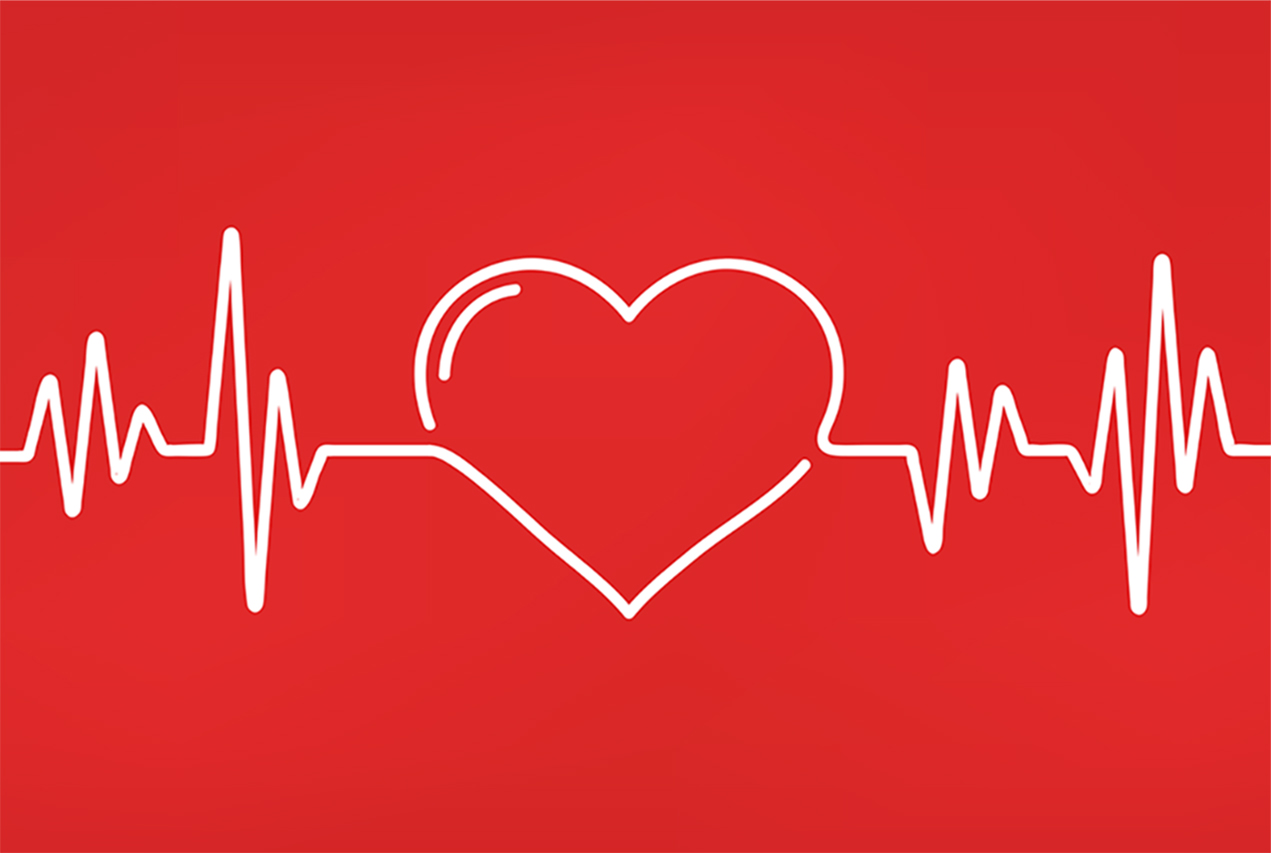For American Heart Month and Go Red for Women, a national movement to end heart disease and stroke in women, Rory Kim, PharmD, assistant professor of clinical pharmacy at the USC School of Pharmacy, hosted an Instagram Story takeover on the @uscpharmacy account to share heart disease facts and healthy heart tips. Here, she talks about her own experience living with a heart condition, what that experience has taught her as a patient and health care provider, and the crucial roles pharmacists play in heart disease prevention and management.

Rory Kim, PharmD. (Photo/Courtesy USC School of Pharmacy)
What role do pharmacists play in heart disease prevention and management?
Pharmacists are incredibly important in heart disease prevention and management. Pharmacists in a variety of practice settings treat patients with cardiovascular risk factors and disease. Whether it is in the cardiac ICU, the primary care clinic, or the community pharmacy, pharmacists can optimize medication regimens, assess risk factors and disease control, and educate patients. Optimal heart disease prevention and management recommendations are constantly evolving and pharmacists are invaluable resources for both patients and providers.
You were diagnosed with a heart condition during pregnancy. Can you talk about your experience and what you’ve learned in the process?
Yes, I was diagnosed with Ventricular Tachycardia (VT) during my 5th month of pregnancy. From the start of my pregnancy, I wanted to do everything right. I researched every decision, from the best prenatal vitamins to caffeine intake to safe skincare. Then I was hit with this diagnosis and everything I had been focusing on felt really small. VT is serious and uncommon. In fact, I really had to lean on my drug information skills to gather information because there are no randomized controlled trials on VT in pregnancy. I read case series and case reports and assessed anything I could get my hands on. There were a lot of unknowns during that time. I was prescribed a medication that has not been proven safe in pregnancy and had to evaluate the benefits vs. risks for me and my baby. When my son started to fall off his growth curve, we didn’t know if it was medication related or not. Through this process, I had to learn to strike the balance of advocating for myself and trusting my providers. I realized the importance of shared decision-making with my electrophysiologist, Dr. Tomas Konecny of Keck Medicine of USC, who is by far the most caring and collaborative provider I have ever known. I also learned the importance of having advocates around you. My husband was my advocate. He asked questions and listened when I couldn’t take it all in. He advocated for me during labor and delivery when I couldn’t advocate for myself. The experience really helped me to feel what my patients feel and brought so many of the concepts that we teach to life. I think it has made me a more empathetic person and pharmacist.
You shared some eye-opening heart disease statistics when you hosted an Instagram Story takeover during the national Go Red for Women movement to end heart disease and stroke in women. Can you share some of those statistics here?
Heart disease is the leading cause of death for women in the United States accounting for about one in every three deaths. Heart disease affects women of all ages. The use of oral contraceptives and smoking increases heart disease risk by 20 percent. In women who die suddenly of coronary heart disease, 64 percent of them had no previous symptoms. During heart attacks, women are more likely than men to have symptoms unrelated to chest pain such as shortness of breath, nausea, back and jaw pain or lightheadedness. And finally women remain underrepresented in clinical trials with women of color accounting for only 3 percent of clinical trial participants. This means important trial data may not accurately portray how different treatments will affect women, especially women of color.
What can people do to take charge of their heart health?
Well there are the things we hear all the time and these really haven’t changed. We can exercise regularly (150 minutes/week), eat healthy foods, maintain a healthy weight, and quit smoking. And it is important that everyone know their risk factors including their blood pressure, cholesterol, and blood glucose levels. I also think one of the most important things any of us can do is pay attention to our bodies. We tend to put others needs first and not prioritize our own health. The most important thing we can do is ask for answers when we notice a change in our health and maintain regular follow ups for routine screening.
What do you do to stay heart-healthy?
I chase around a crazy 3.5 year old and exercise three times a week (now at the USC HSC gym!). I like to do weight training and yoga. I also do intermittent fasting with a 16-hour fasting and 8-hour eating window most days. The data is still coming in on the benefits of intermittent fasting, but I notice that it helps my energy level and I make better choices about food. I maintain regular follow ups with my primary care physician and my cardiologist even when I’m feeling good. And now that my heart rhythm is regular again, I drink plenty of coffee, which has been shown to be good for your heart (really!).


